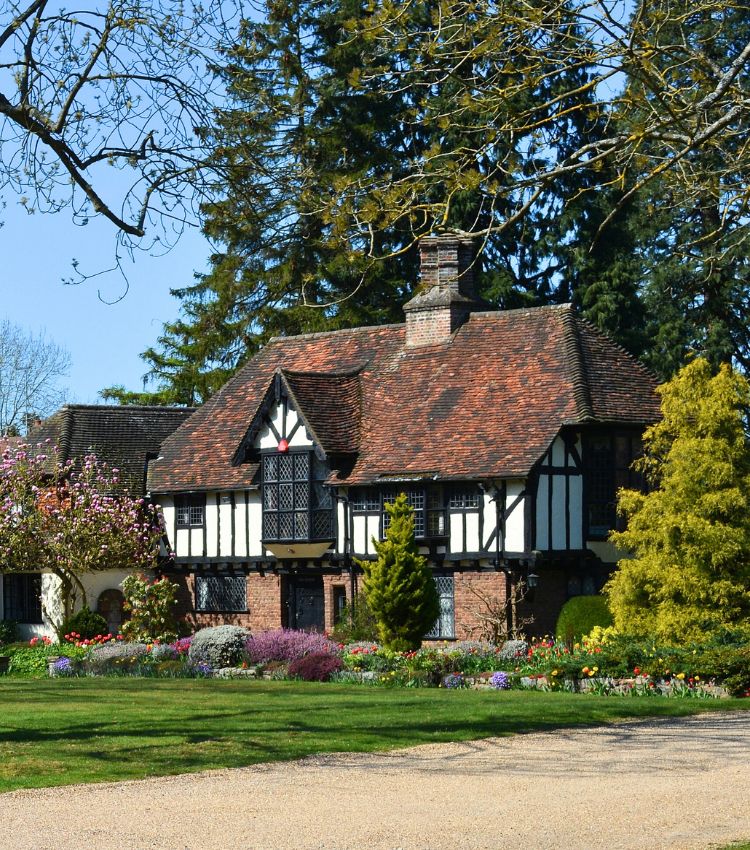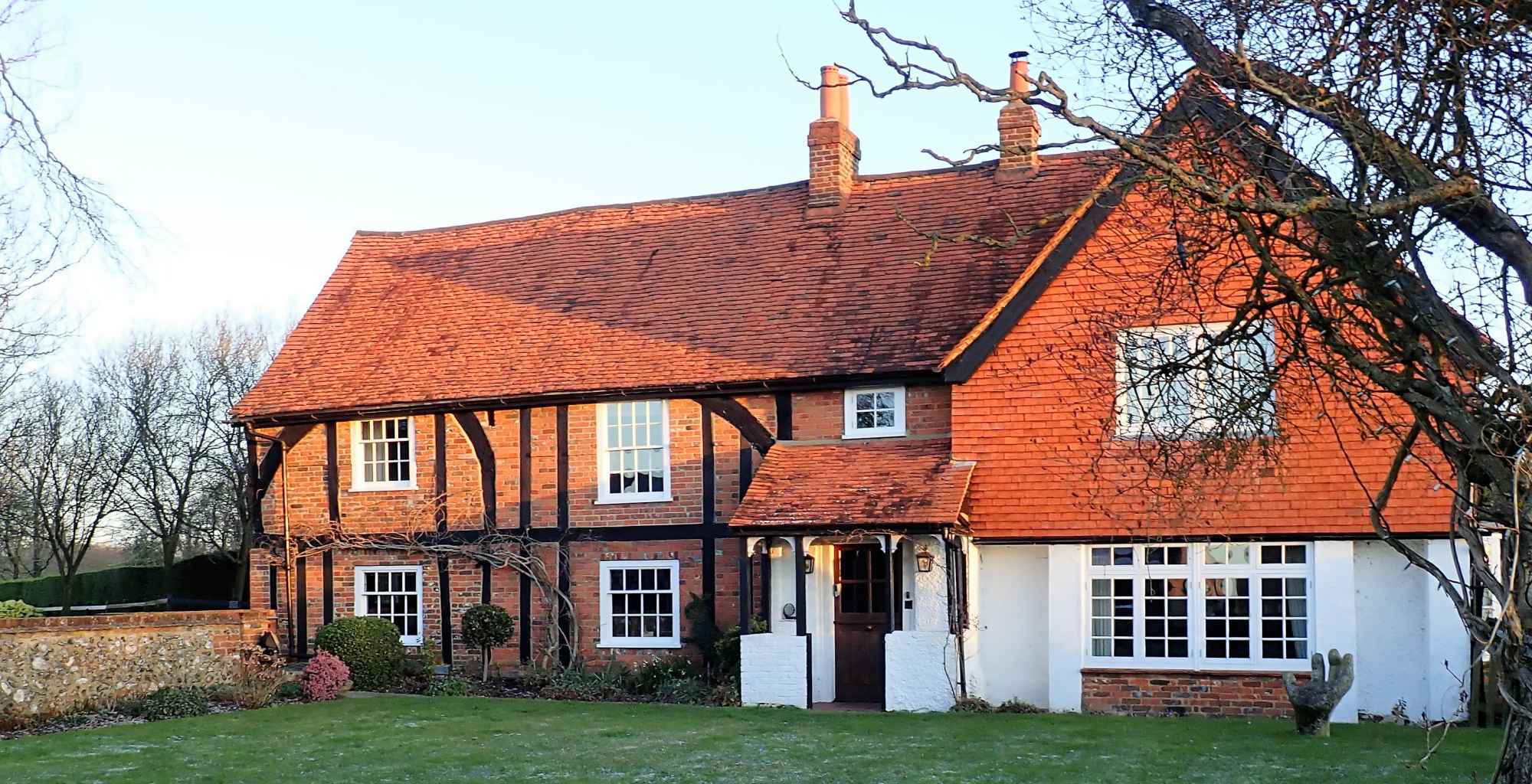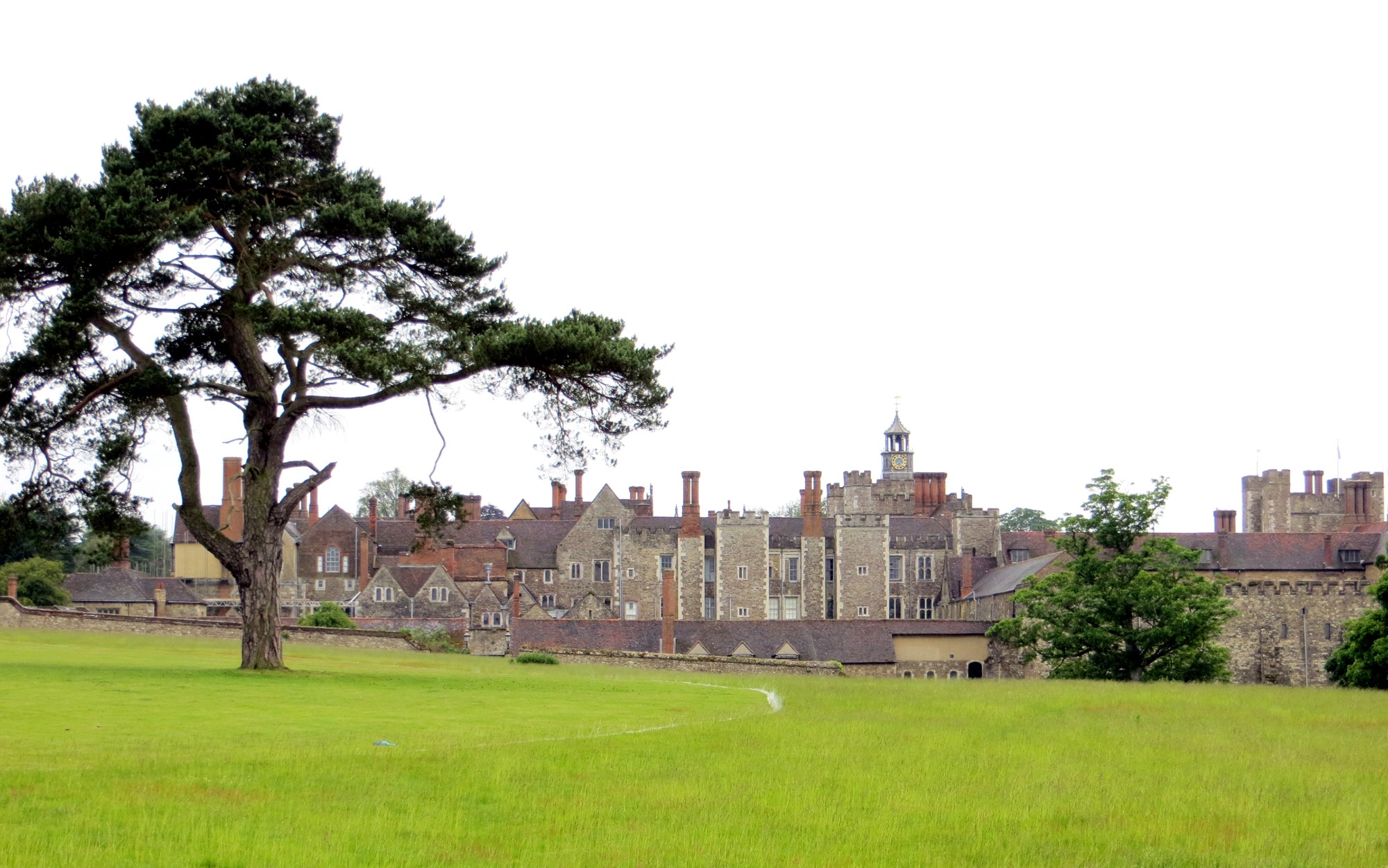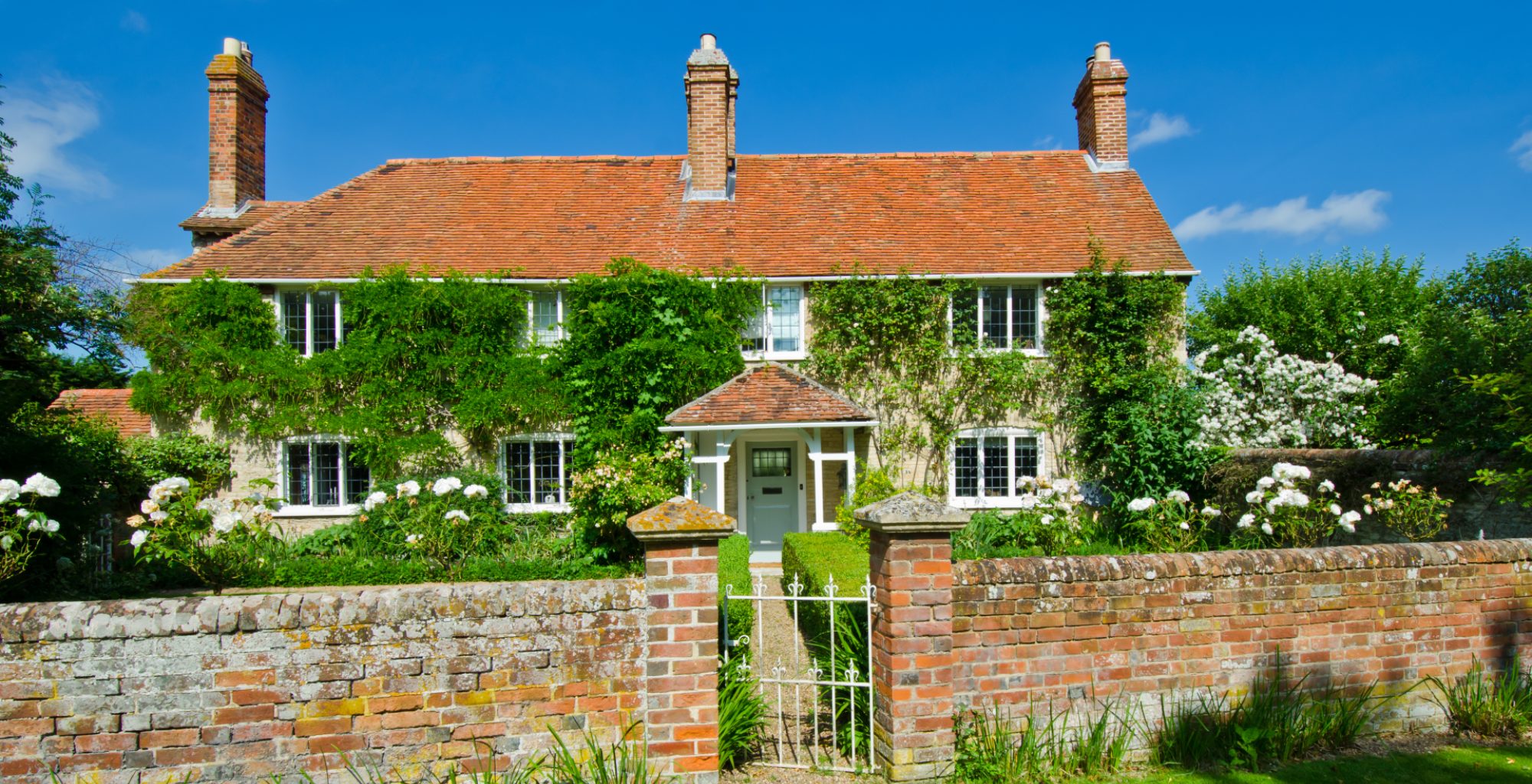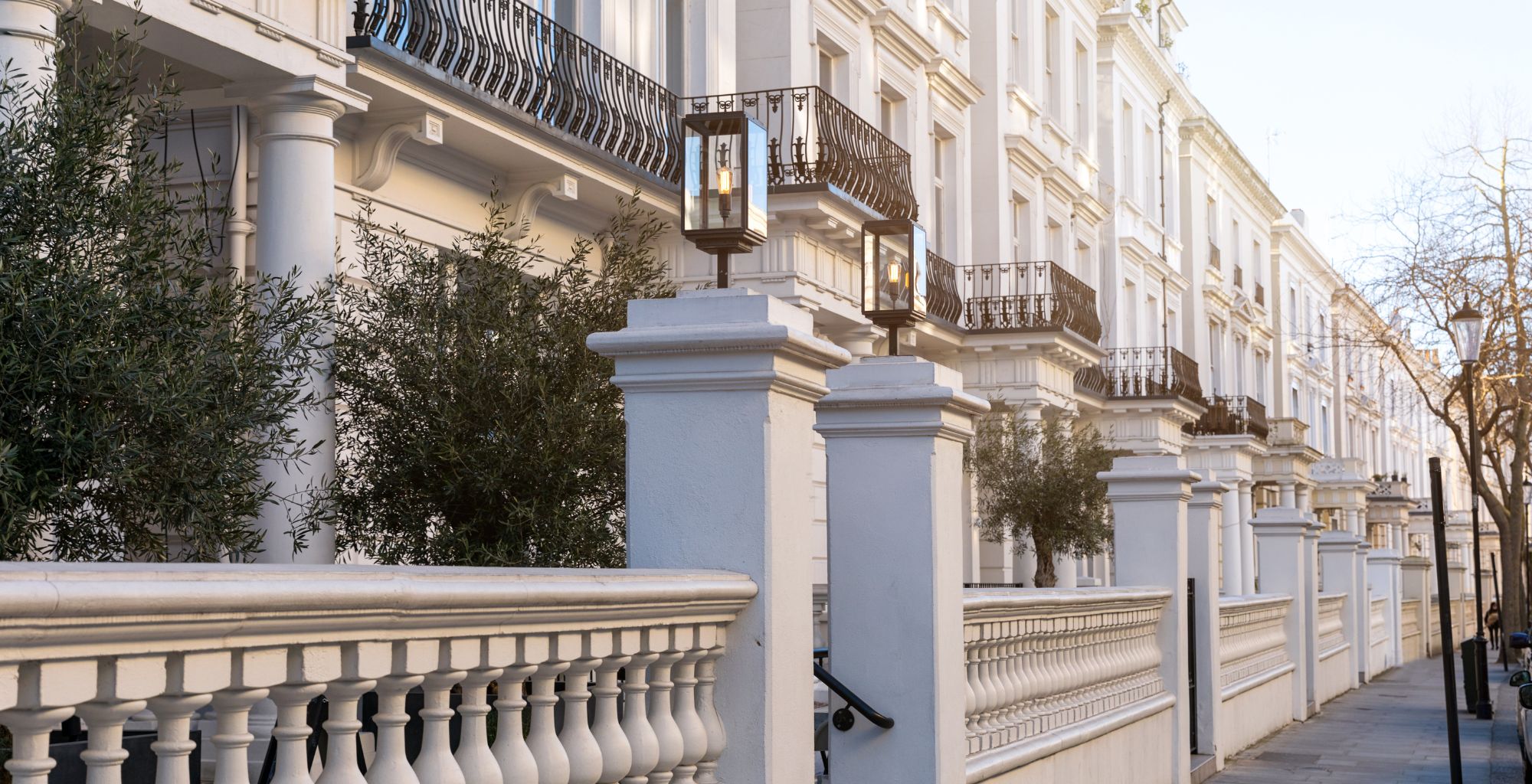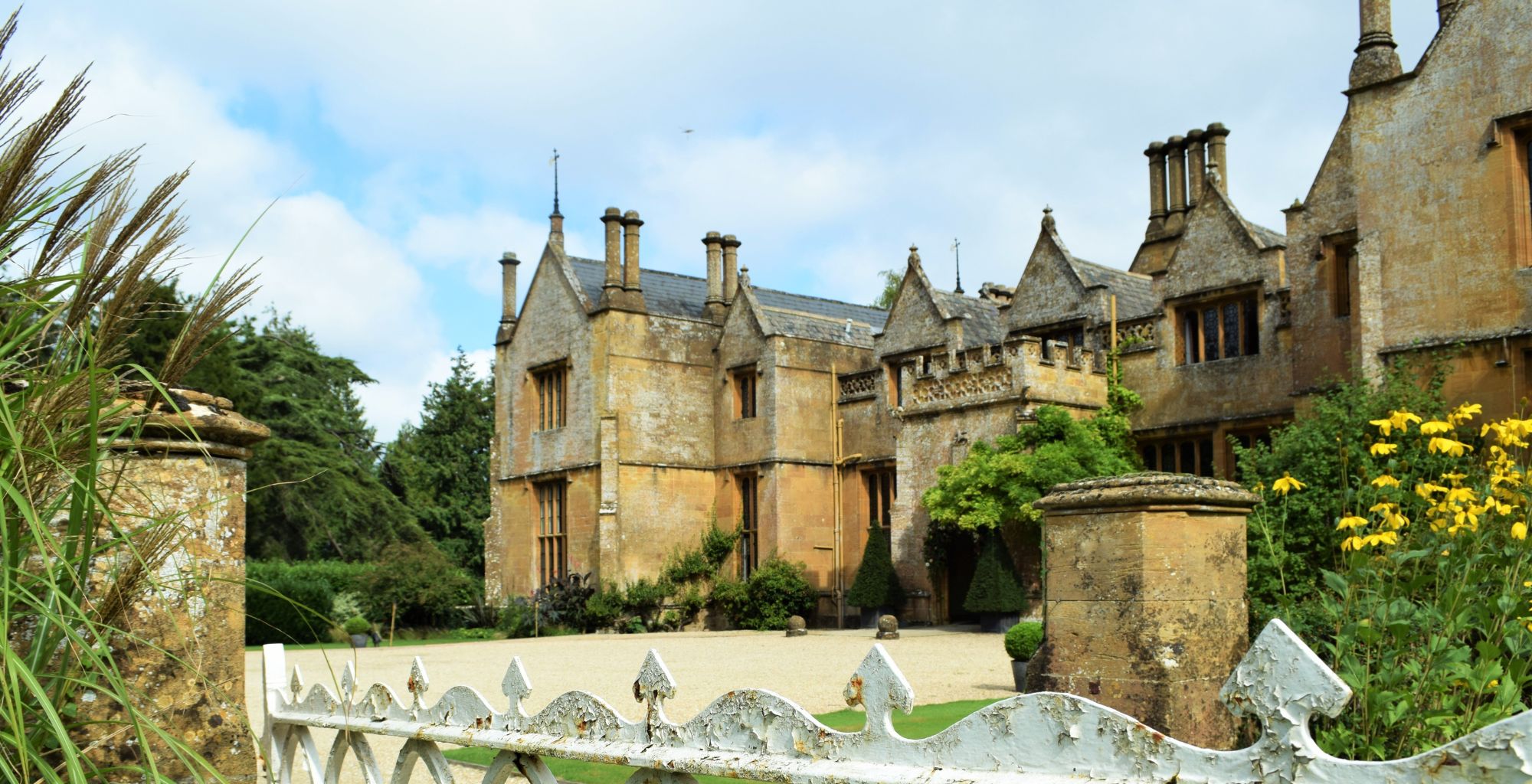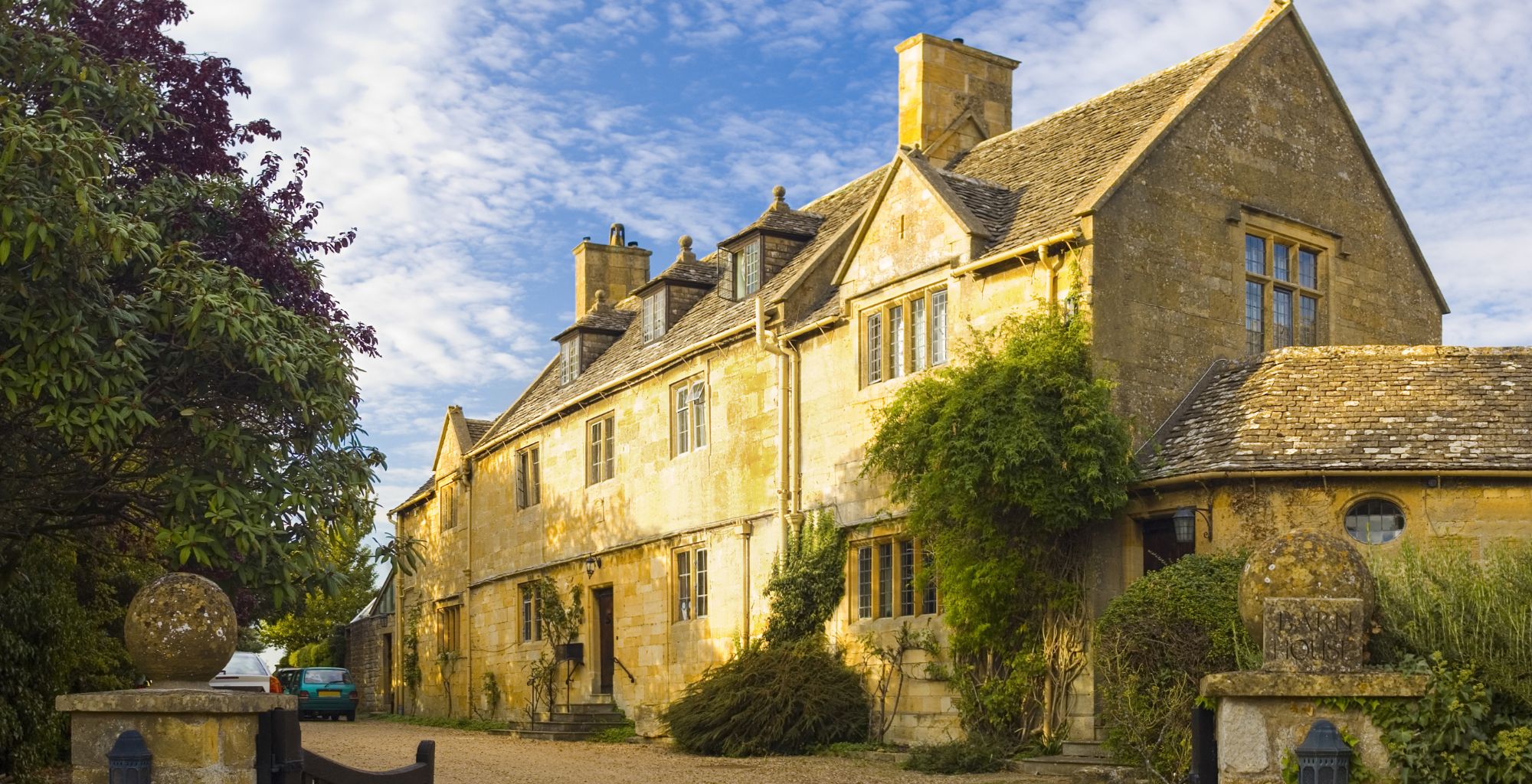For those buying a property in the UK for the first time, the process can seem complex and even...
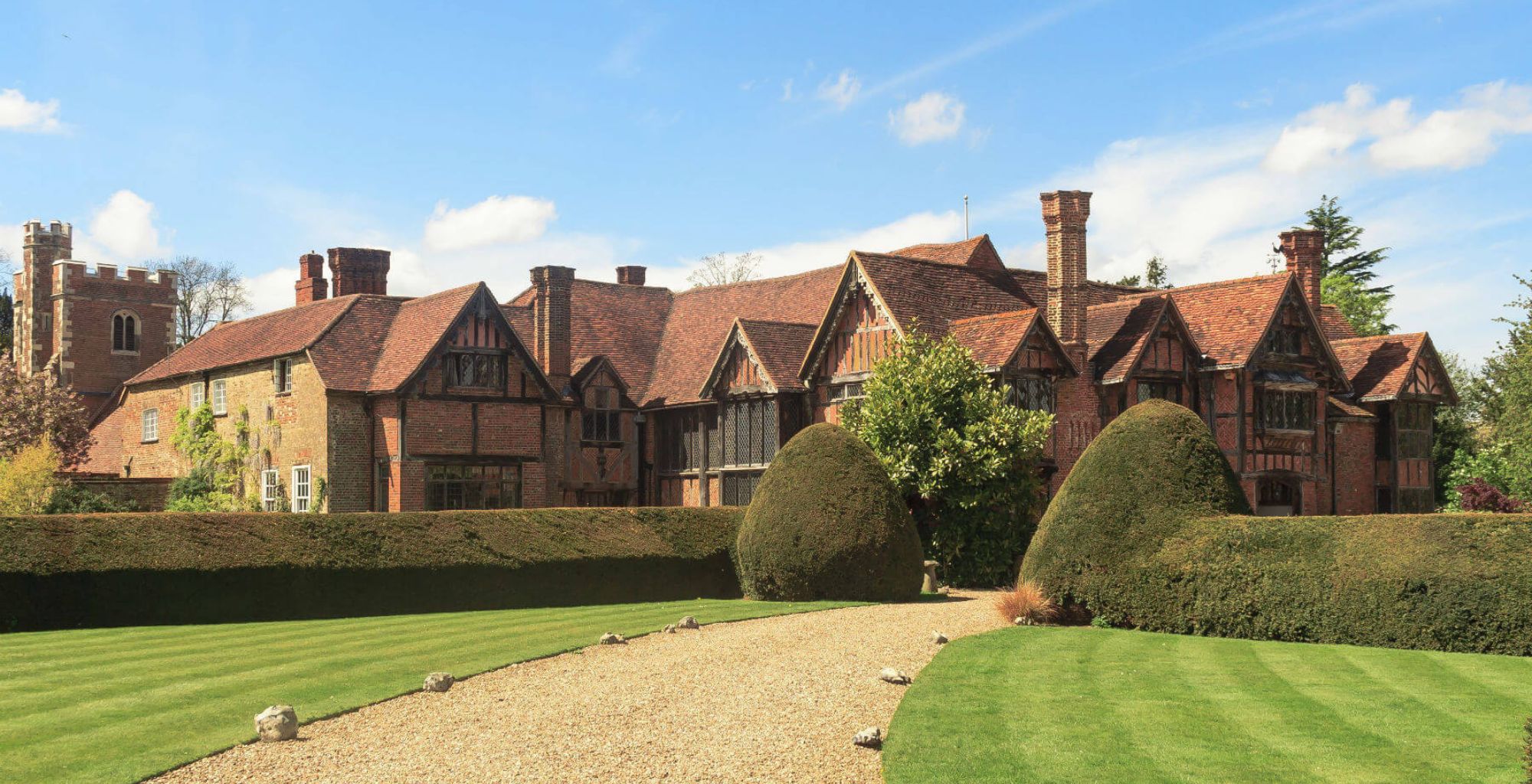
Tudor Homes | What you need to know
The appeal of Tudor homes extends beyond their aesthetic value: they offer their owners a glimpse of a bygone era and makes them custodians of a historical artifact.
A Tudor home is one that was built in England during the reign of the Tudor Dynasty in the late fifteenth century and throughout the sixteenth century. The term ‘Tudor home’ is generally used to refer to the quintessential architectural image of half-timbered or ‘black and white’ houses; however, architecture and fashions evolved throughout the period.
The timeless appeal of Tudor homes continues to captivate and enchant, making them a coveted choice for those seeking a home with a soul and a story.
The Tudor period
The Tudor period spanned from 1485 to 1603 when the five Tudor monarchs reigned over England. It was a time of significant social, political, and religious change, and one of expansion as England began to explore the Americas and establish colonies in the late sixteenth century.
It also coincided with the arrival of the Renaissance in England: a cultural movement that began in Italy in the fourteenth century and spread throughout Europe. Characterised by a renewed interest in classical Ancient Greek and Roman teachings, the Renaissance resulted in many advances being made in art, literature, architecture, and the sciences.
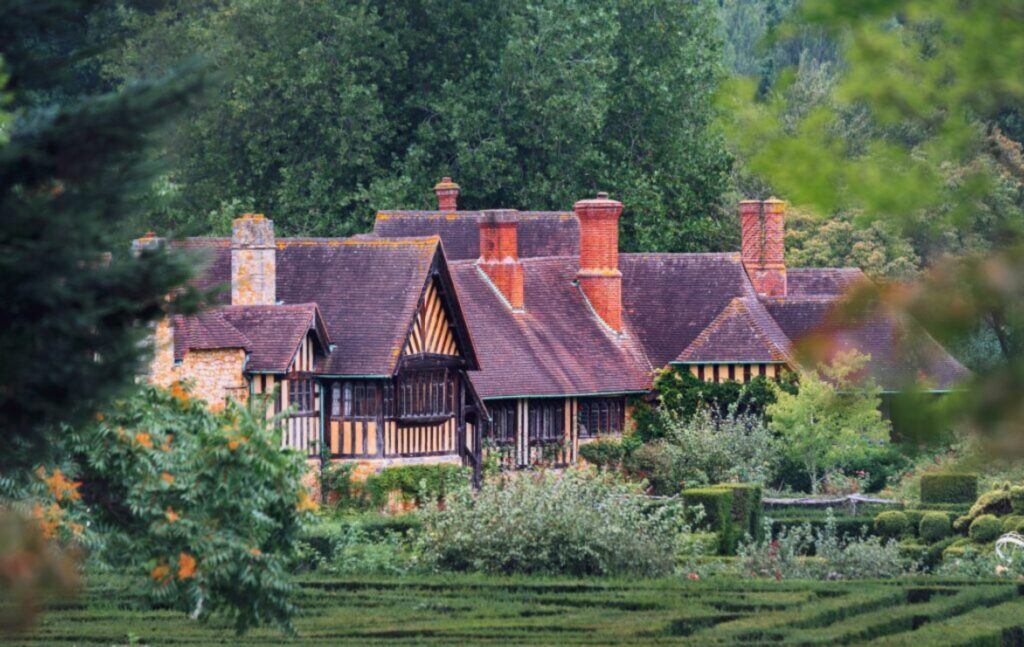
Tudor architecture
The Tudor period saw the development of a new style of architecture that was characterised by a unique combination of Gothic and Renaissance elements. The building style in the early Tudor period was a unique combination of Gothic architecture and a gradually increasing influence of the Renaissance style.
The Renaissance took longer to have an impact in England than in Europe and was at its height during the later Tudor period, referred to as the Elizabethan Era.
The Elizabethan era began in 1558 with the accession of Elizabeth I and is considered the high point of Tudor architecture. During this period, Tudor architects began to experiment with new forms and a more ornate style, with intricate carvings and decorations.
As the country became more prosperous, the building style progressed from having an Italian influence to incorporating more of a Low Countries and Flemish character, such as strapwork and the Dutch Gable.
Inglenook fireplaces and large, elaborately decorated chimneys began to feature more, primarily due to the increasing use of coal, which produced more smoke than wood, but also as a display of wealth and status.
Typical features of Tudor architecture
Stone was primarily used when building good quality homes, but a more affordable method of construction was an oak half-timber frame infilled with wattle and daub or lath and plaster. The use of expensive bricks as infill became increasingly fashionable, particularly in the Elizabethan era.
Occasionally, stone was used on the ground floor and timber framing on the upper floors, particularly if the upper floors were jettied, which means built to project out or overhang the floor underneath.
Tudor homes often feature steeply pitched roofs, which can be thatched, shingled, or tiled. The gable end of the roof is often found on the front of the house and may be highly decorated with brick or timber.
Windows tend to be wooden framed and small. Glass, which was extremely expensive, could only be made into small panels, so geometric shapes such as diamonds or rectangles were joined together by lead to make a larger window.
Oriel windows, which project from the wall of a house without reaching the ground, are also common in Tudor architecture and are often decorated with leaded glass and intricate stonework.
Tudor influences
Tudor architecture is an important part of the heritage of England and Wales, and its influence can still be seen in many buildings today.
Mock Tudor architecture, often referred to as Tudor Revival, emerged during the 19th and early 20th centuries.
While both styles share visual similarities, original Tudor architecture is a product of its time, reflecting the materials, methods, and societal needs of the 15th and 16th centuries. Mock Tudor is a later interpretation, often prioritising aesthetic appeal over historical accuracy, and utilising modern materials and construction techniques.
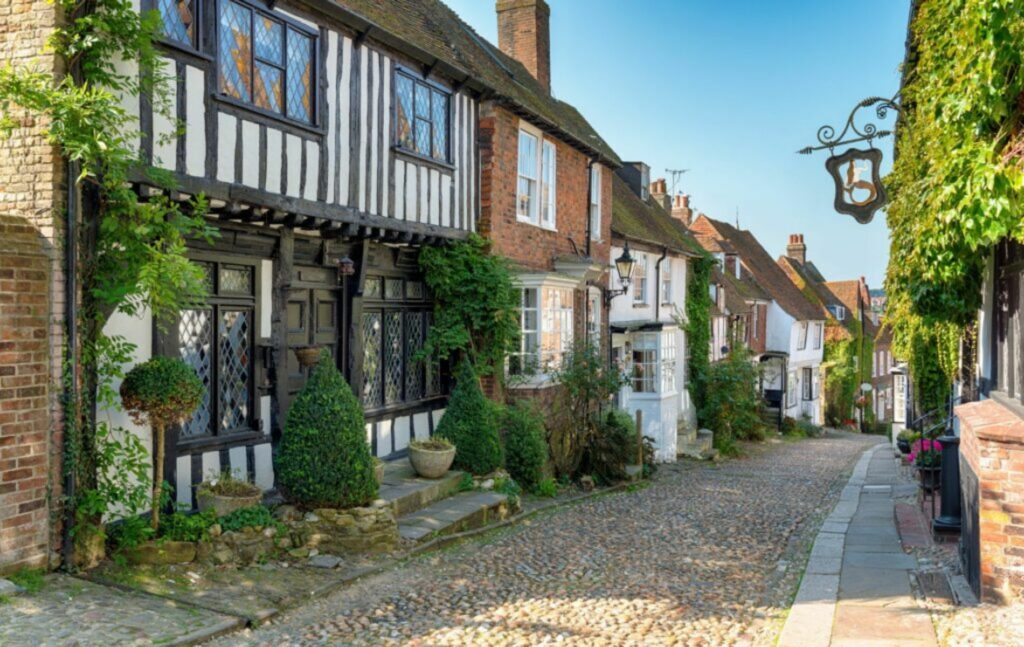
Preservation, restoration, and maintenance
Preservation, restoration, and maintenance are important considerations when owning a Tudor home. They are very often protected by being Listed to preserve their architectural integrity and cultural significance.
When restoring or maintaining a Listed Tudor home, it is necessary to obtain advice or consent from the local Listed Building planning team. It will likely be stipulated that traditional building methods and materials are used in order to maintain the authenticity of the building and its historical significance.
These methods and the specialist contractors needed to carry out the work can be costly.
What to consider when buying a Tudor home:
Location
Consider the location of the Tudor property. Is it in an area known for its Tudor architecture or is it surrounded by newer houses? If the property is located in a sought-after area, it may be more expensive.
Age and construction
The age and construction of a Tudor home are important factors to consider. Instruct a surveyor who specialises in period houses to determine the date of construction and examine the property to establish the construction methods and materials used.
Your surveyor should also advise if any alterations have been made to the property that are unlikely to have been permitted. It is important for your solicitor to resolve these situations as any legal liability will pass to you as the new owner.
Maintenance
Maintenance is an important consideration for homeowners. Tudor homes require regular maintenance due to their age and construction. You should be prepared for ongoing repairs and upkeep, which will have a financial implication.
Interior features
Tudor homes often have low ceilings, exposed beams, inglenook fireplaces, and leaded windows. These features add character and charm to a home but potential buyers should consider the layout of the property, the likely use of the rooms, and whether it meets their needs, because making changes may not be permitted.
Looking for a Tudor home?
Tudor homes offer a unique blend of historical charm and architectural distinctiveness, appealing to homebuyers seeking a residence with character. If you are looking for your own characterful property, please contact us for expert advice without obligation.
